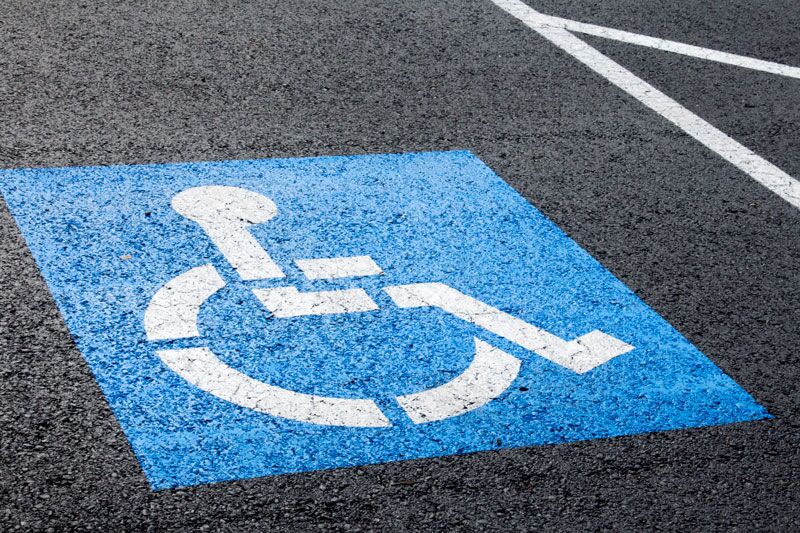Avoiding ADA non-compliance issues on your commercial renovation project.
While the Americans with Disabilities Act (ADA) was passed 28 years ago, there are still a staggering number of commercial properties that remain inaccessible to those with physical disabilities. In fact, 2016 alone saw 6,500 ADA lawsuits against commercial properties that were non-compliant. While new buildings are constructed with ADA compliance in mind, applying ADA requirements to existing buildings is more complicated. According to the ADA, any commercial building that is being remodeled, renovated, or altered needs to meet ADA standards. If you are planning to renovate your commercial property, then here are some of the things you need to consider to ensure that you are in compliance with ADA guidelines.
Making a building accessible comes with several considerations. For instance, remodeling the interior of your building means that you must consider things like the accessibility of doors, how much pressure is required to activate automatic doors, the height of signage and drinking fountains, and so on. For exterior renovations, you must consider installing ramps connecting your building's entrance to the sidewalk, the distance between your building's entrance and disabled parking, curb ramps, and so on. Other common accessibility renovations include widening doorways and elevators to accommodate wheelchairs, retrofitting bathrooms, adding railings and grab bars to key locations, and adding access ramps.
Please note that not all building alterations require ADA upgrades. ADA compliance only applies to the alterations that affect the usability of a building. The following types of changes do not need ADA considerations:
- Heating, ventilation, or air conditioning repairs
- Re-roofing projects
- Electrical work that does not involve the placement of switches and receptacles
- Cosmetic work such as painting
- Repairs to equipment that is not part of the building architecture, such as computers and office equipment
This is what you need to think about to ensure that your commercial property meets ADA requirements during a renovation. Are you looking for assistance with your next commercial remodeling project? If so, then contact Nikki Fox at Parkwest General Contractors at
Nikki@ParkwestGC.com. Our dedicated team is eager to assist you with all your building upgrade needs today.



